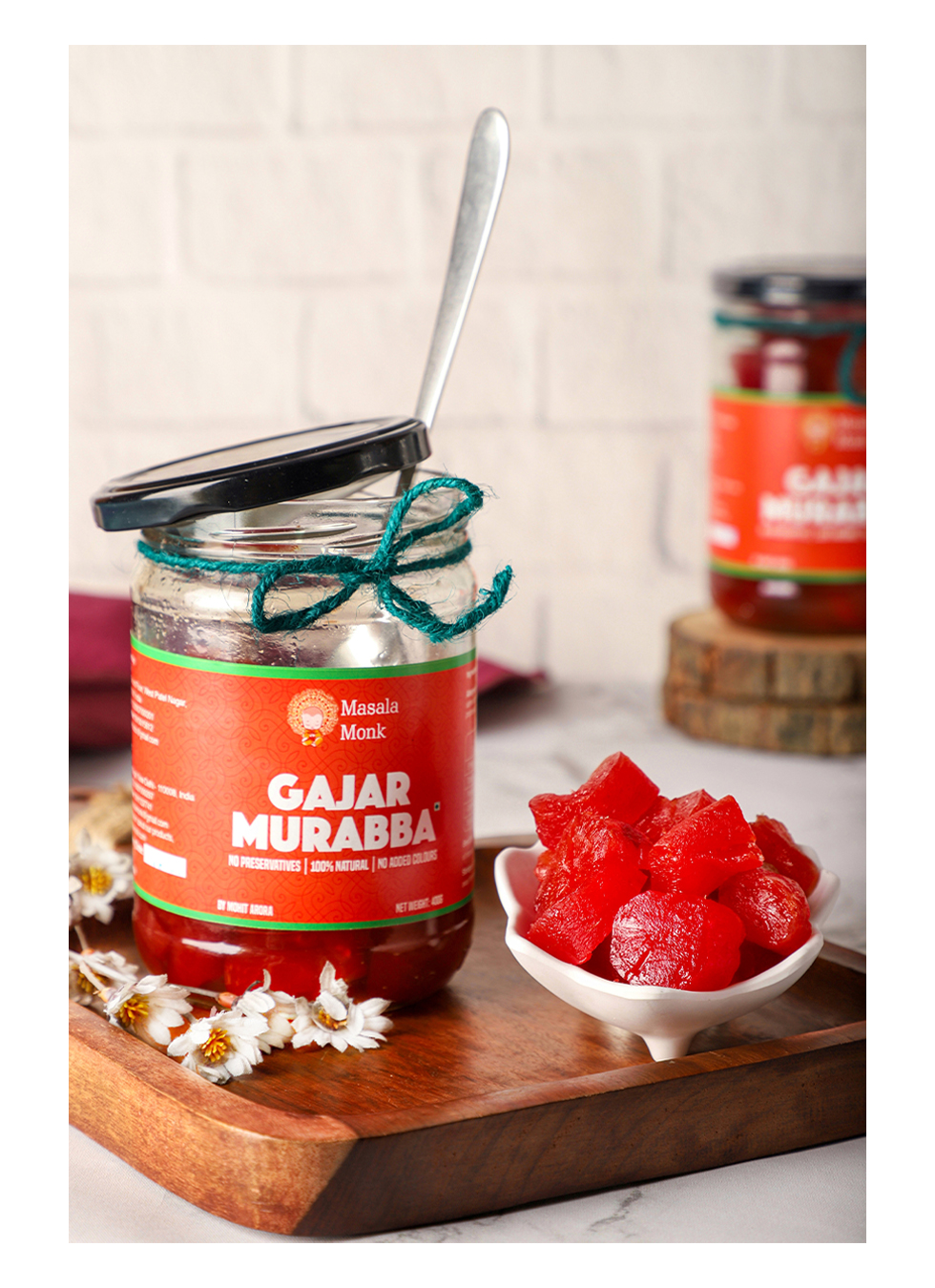
In the culinary world, oil is more than just a cooking medium; it’s a transformative ingredient that unlocks flavor, enhances nutrition, and brings dishes to life. But with so much information and so many options out there, how do you harness the full potential of cooking oils in your kitchen? Let’s dive into a comprehensive, yet engaging exploration that will elevate your cooking game to the next level.
The Science Behind the Sizzle
Cooking with oil isn’t just about preventing food from sticking to your pan; it’s a complex interaction between heat, flavor, and nutrition. Oils are composed of fats that conduct heat much more efficiently than air or water, allowing for even cooking and the development of rich flavors through processes like the Maillard reaction and caramelization. This is why a golden, crispy crust on your steak or a tender, flavorful sautéed vegetable can only be achieved with the right oil.
Choosing Your Champion: The Oil Roster
Every oil comes with its unique profile—flavor, smoke point, and nutritional benefits—which makes it suited for different culinary tasks:
- Olive Oil: A heart-healthy staple with a medium smoke point, perfect for sautéing and dressing. Its rich, fruity notes can elevate any dish.
- Coconut Oil: Best for baking and medium-heat cooking, imparting a subtle sweetness and lush texture.
- Canola Oil: A neutral taste and high smoke point make it ideal for frying and baking.
- Sesame Oil: A finishing oil that brings a nutty flavor to Asian dishes.
- Avocado Oil: High smoke point and buttery taste, great for searing and roasting.
Understanding the smoke point—the temperature at which oil starts to break down and smoke—is crucial. High smoke point oils are your go-to for frying and searing, while those with lower smoke points serve well for dressings and low-heat cooking.
Nutritional Notes: Making Healthful Choices
Not all oils are created equal on the nutrition front. Oils like olive and avocado are lauded for their heart-healthy monounsaturated fats, while others, like coconut oil, are rich in saturated fats. Incorporating a variety of oils into your diet can ensure you’re getting a healthy balance of fats, along with unique antioxidants and vitamins that some oils offer.
The Flavor Factor: Crafting Culinary Masterpieces
Oil isn’t just about the cook; it’s about the taste. The right oil can complement and enhance the natural flavors of your ingredients. Experimenting with infused oils (think garlic, chili, or herb-infused) can add new dimensions to your dishes, turning them from good to unforgettable.
Practical Tips for Mastery
- Temperature Matters: Match your oil’s smoke point to your cooking method to avoid releasing harmful compounds and ensure optimum flavor.
- Mix and Match: Don’t be afraid to use different oils for different purposes. Variety is the spice of life, and in this case, the foundation of good health.
- Storage Savvy: Keep your oils in a cool, dark place to maintain their quality and extend their shelf life. Some oils, like flaxseed, belong in the refrigerator.
- Mindful Usage: While oils add flavor and nutrition, they’re also high in calories. A little goes a long way, so use them judiciously to balance your dietary needs.
The Secret Ingredient
At the end of the day, cooking with oil is as much an art as it is a science. It’s about experimenting with flavors, understanding the chemistry of heat, and making healthful choices that suit your lifestyle. Whether you’re drizzling olive oil over a fresh salad or searing a steak in a high-smoke-point avocado oil, the oils you choose can transform your cooking from ordinary to extraordinary.
Embrace the power of oils in your culinary repertoire, and watch as your dishes come alive with flavor, texture, and nutritional benefits. The journey to becoming a master of oils is one of exploration, learning, and, most importantly, tasting. So go ahead, heat up that pan, and let the magic begin.
10 FAQs for Cooking with Oil
- What is a smoke point, and why is it important?
- The smoke point is the temperature at which oil begins to break down and smoke, releasing harmful compounds and affecting flavor. Choosing an oil with the appropriate smoke point for your cooking method is crucial for health and taste.
- Can I reuse cooking oil?
- Yes, but with caution. Strain it to remove food particles and store it properly. However, avoid reusing oil that has smoked or been used to cook fish, as it can carry flavors and degrade faster.
- What’s the healthiest cooking oil?
- There isn’t one “healthiest” oil as each offers different benefits. Olive oil is celebrated for heart health, while coconut oil provides medium-chain triglycerides. Diversifying your oil use is key to a balanced diet.
- How do I choose an oil for salad dressings vs. frying?
- For dressings, use oils with robust flavors like extra virgin olive oil. For frying, opt for oils with high smoke points like canola or peanut oil to withstand high temperatures.
- Does cooking with oil add calories to my food?
- Yes, oils are calorie-dense, so while they add flavor and nutrients, use them sparingly if you’re monitoring your calorie intake.
- How should I store my cooking oils?
- Keep oils in a cool, dark place to prevent oxidation. Oils with high polyunsaturated fats, like flaxseed oil, should be refrigerated.
- What’s the difference between refined and unrefined oil?
- Refined oils are processed to remove impurities, resulting in a higher smoke point and neutral flavor. Unrefined oils, like extra virgin olive oil, retain more flavor and nutrients but have lower smoke points.
- Can oil go bad, and how can I tell?
- Yes, oils can become rancid. Signs include a sour or bitter smell and taste. If your oil smells off, it’s best to discard it.
- Is it better to cook with butter or oil?
- It depends on the flavor and cooking method you’re aiming for. Butter adds richness but burns at a lower temperature, making oil a better choice for high-heat cooking.
- What oil should I use for a stir-fry?
- Use oils with high smoke points like peanut, canola, or avocado oil to handle the high temperatures of stir-frying without burning.
Blog Tags
cooking oil, healthy cooking, culinary tips, smoke point, olive oil, coconut oil, frying oils, salad dressings, cooking techniques, nutritional benefits













